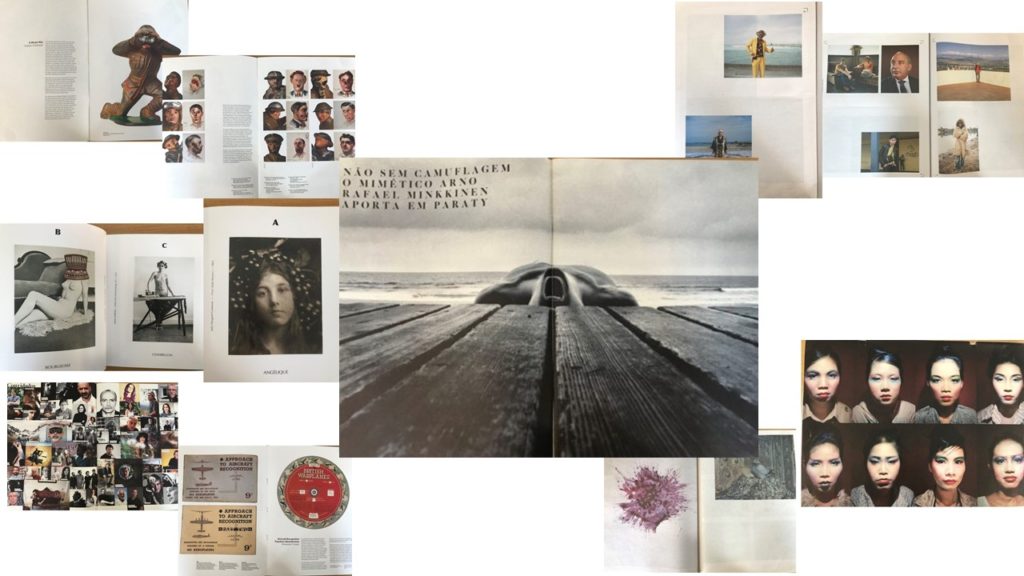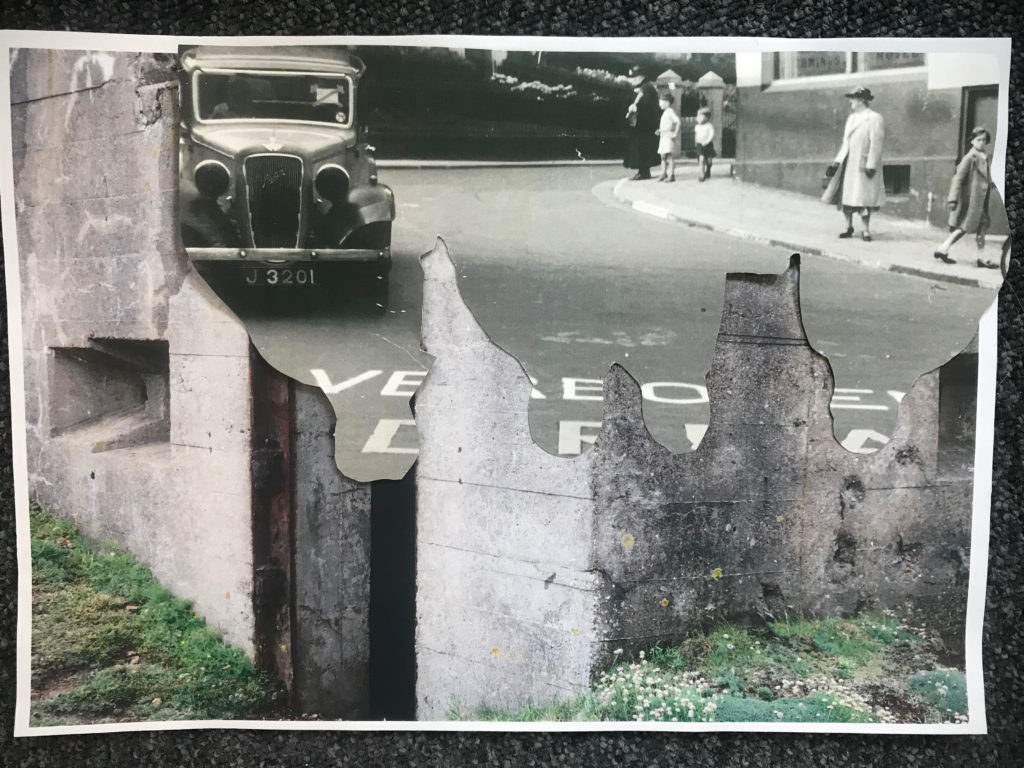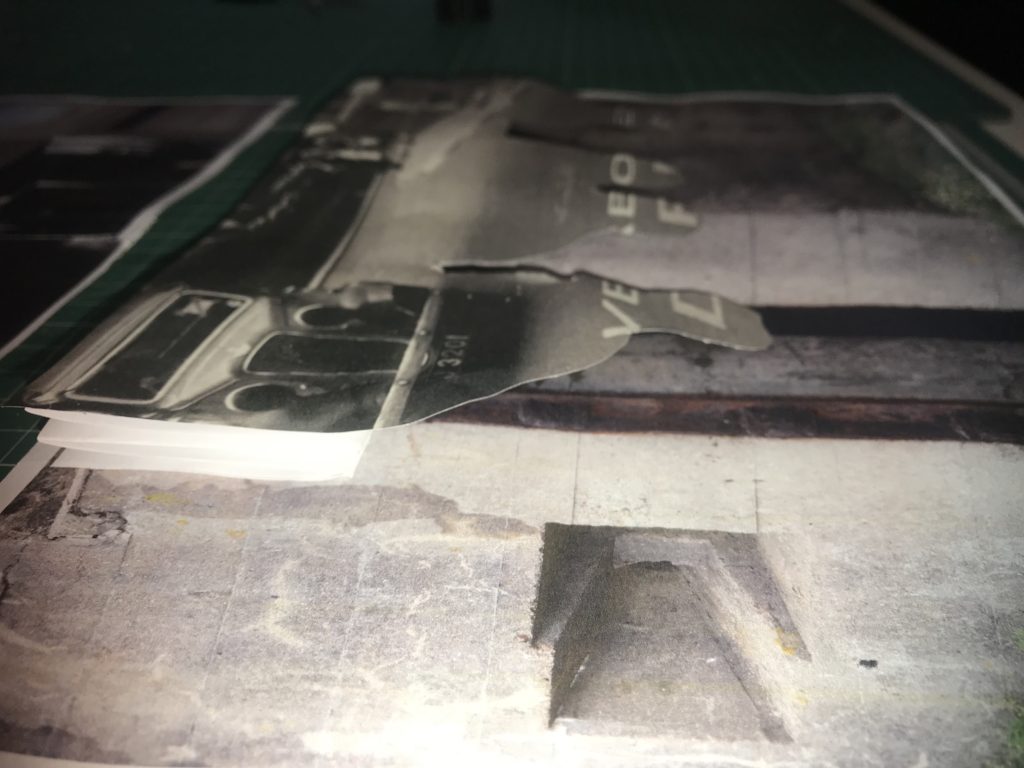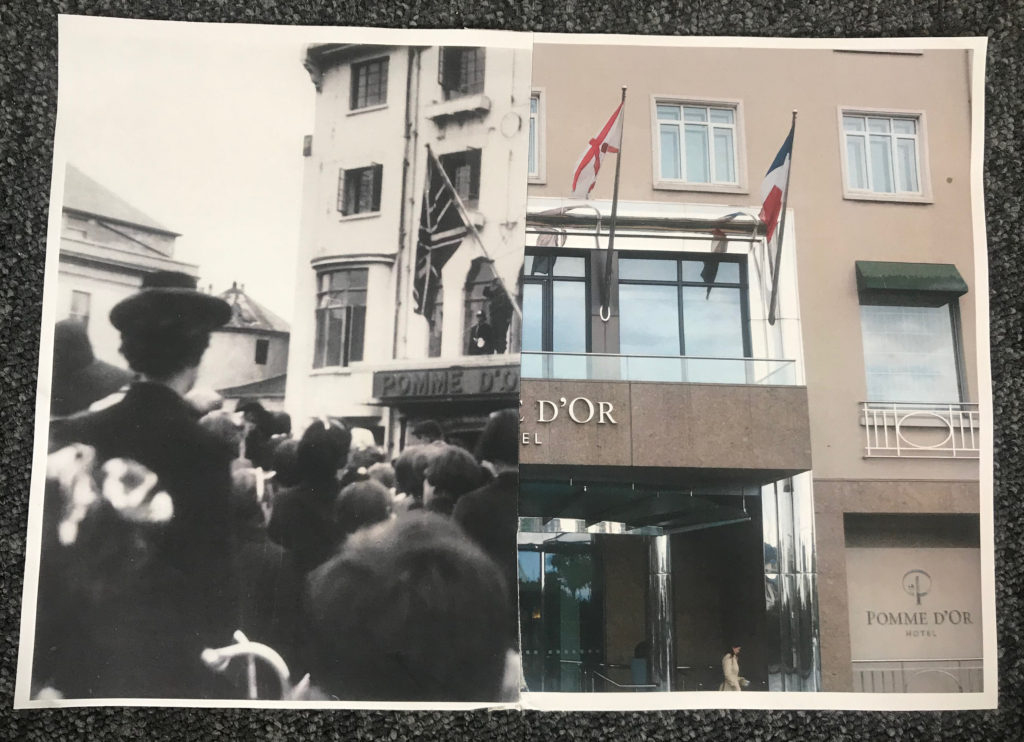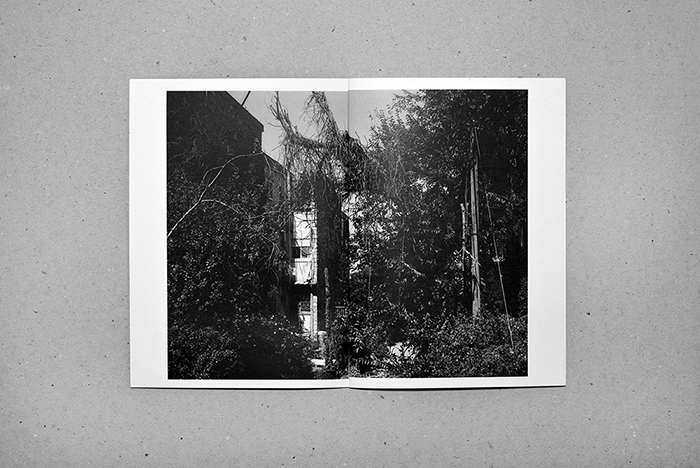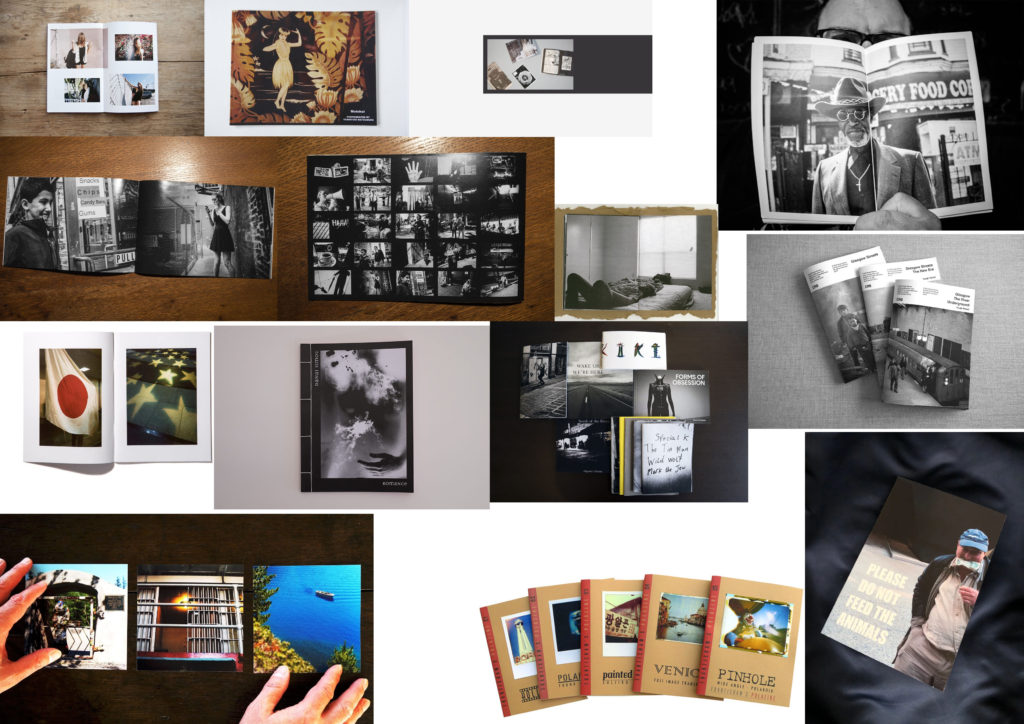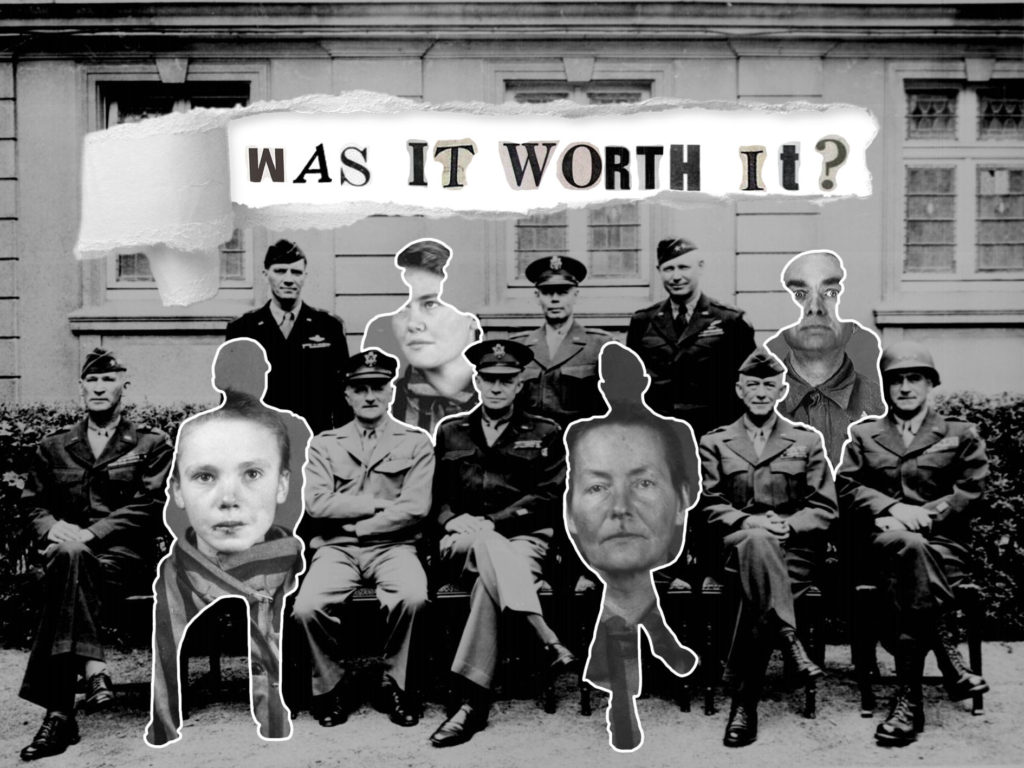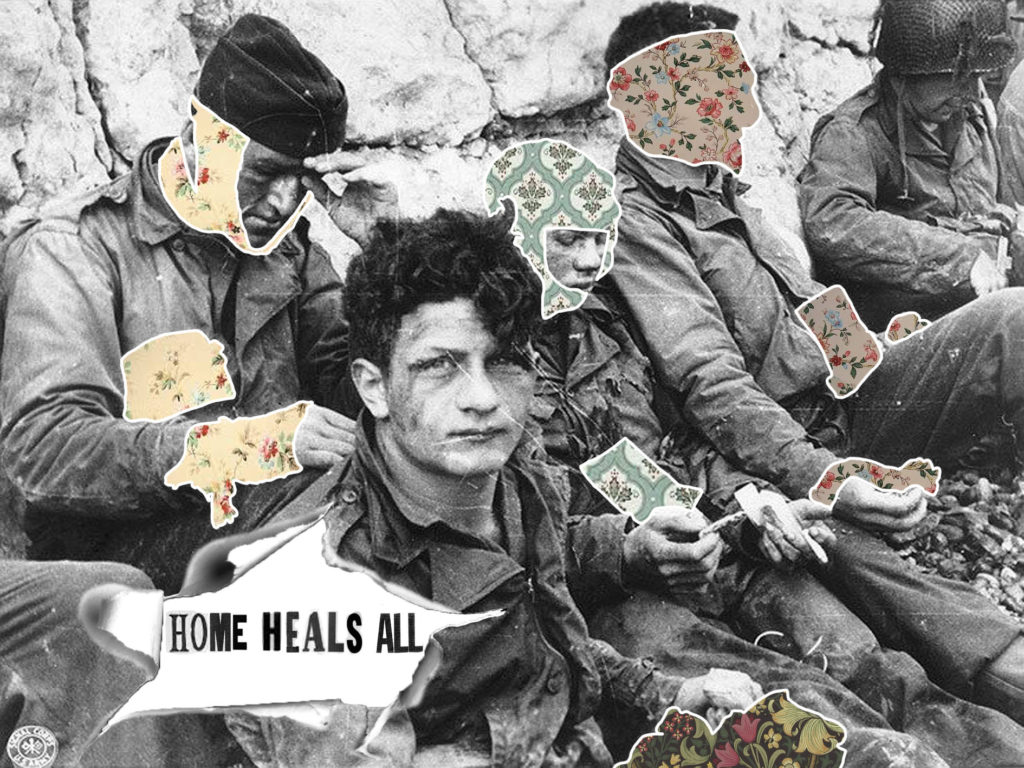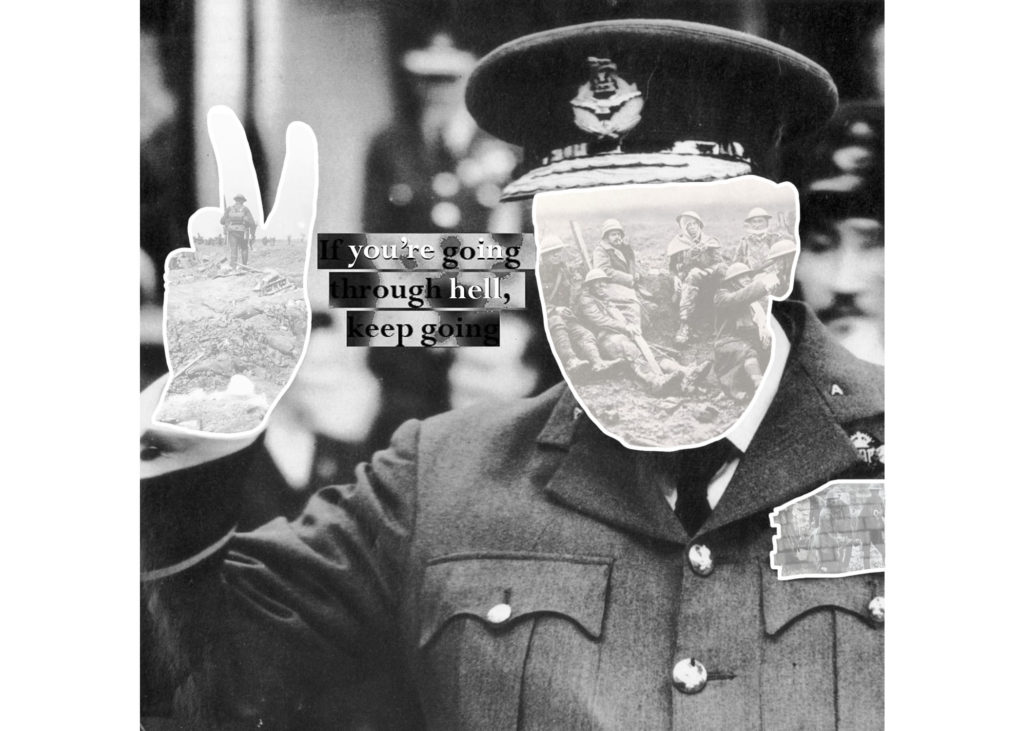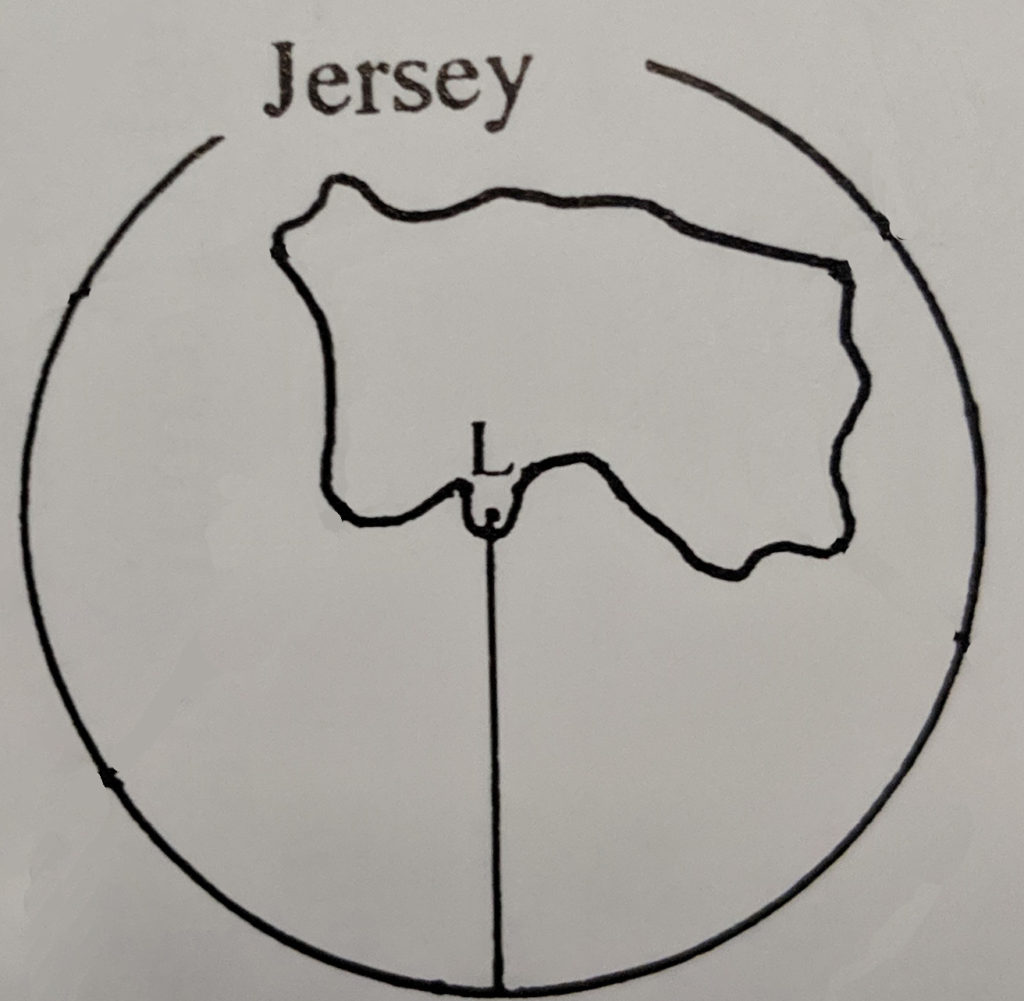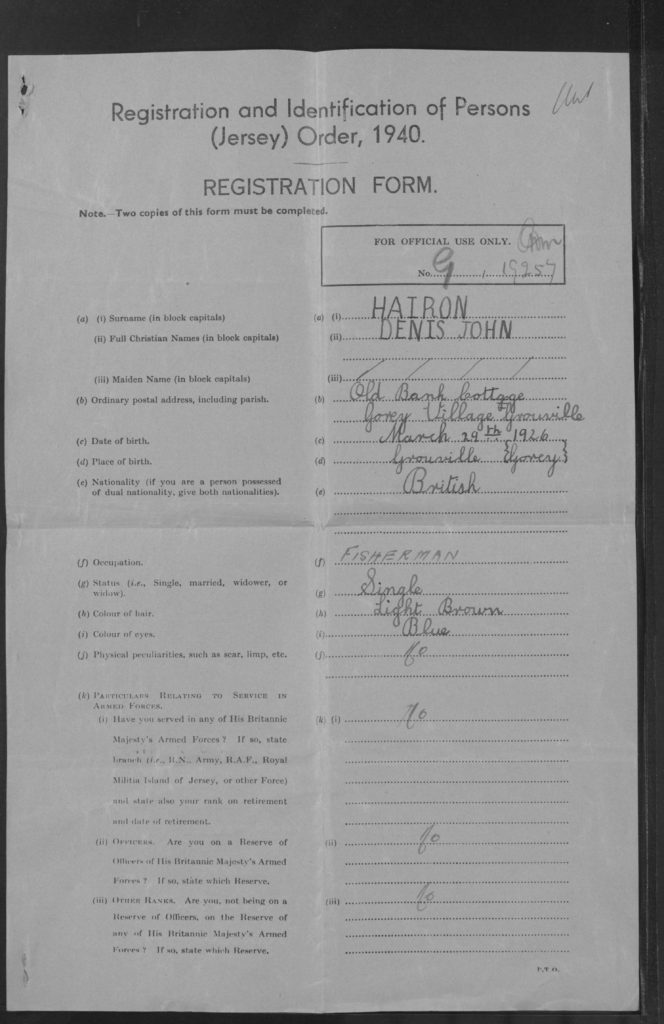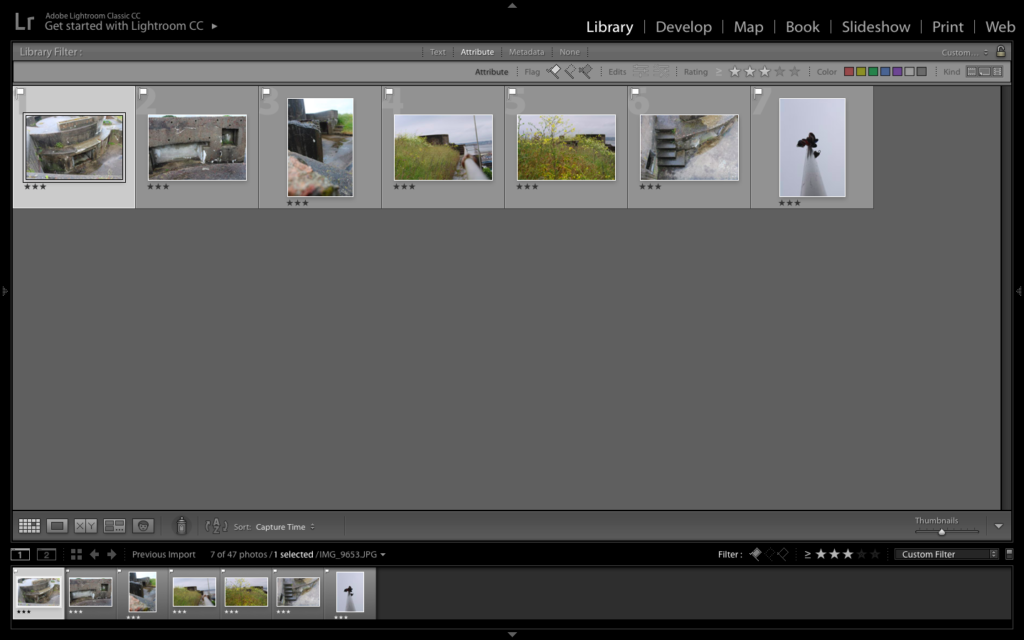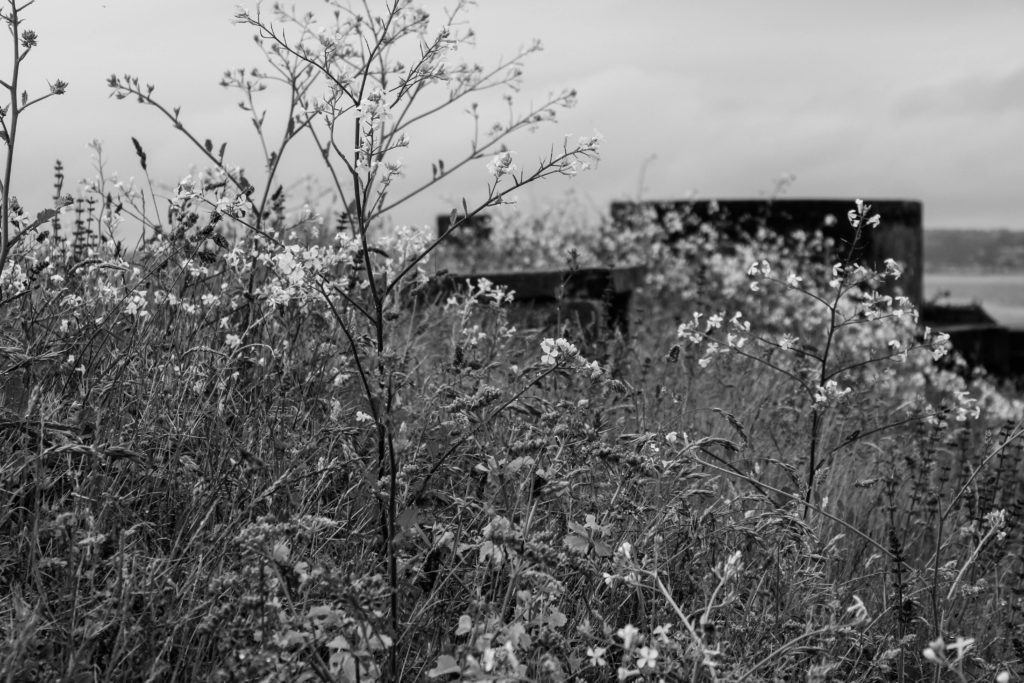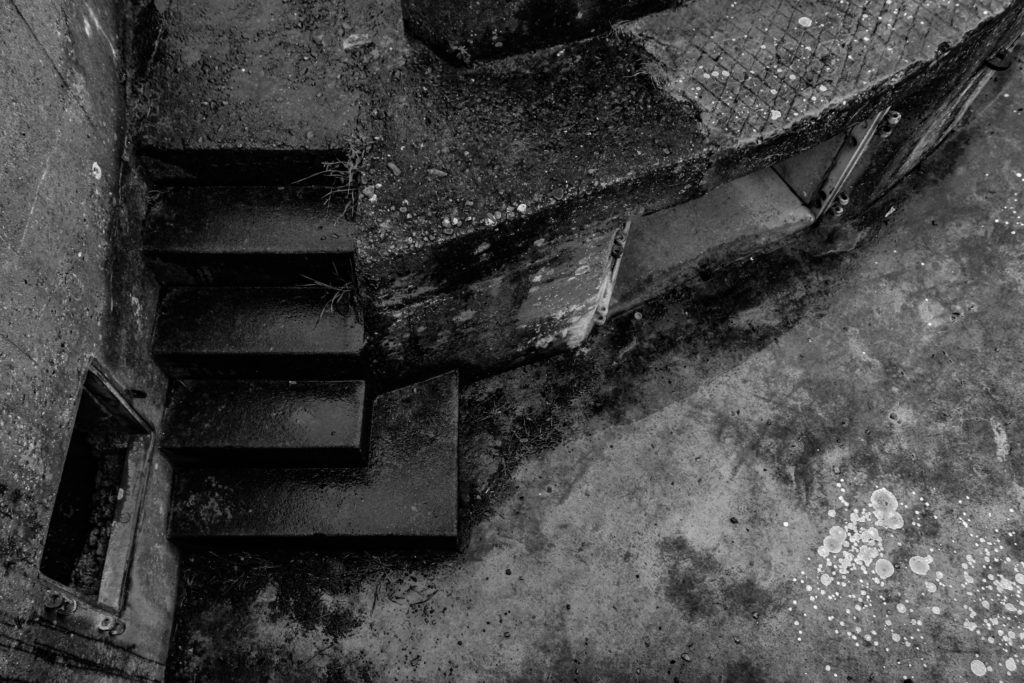Information:
On the 18th June 2019 we visited Batter Lothrigen, at Norimont, which was a battle artillery battery during the second world war. The site was named after SMS Lothrigen, and was built by Organisation Todt (a Nazi organisation who specialized in building such fortification). The main guns located at this site were 3 15cm SK L/45 naval guns which were elevated on concreate and looked out towards the ocean, stopping anybody leaving or entering the island (more information about this weapon). Once liberation was declared the weaponry where thrown over the edge of a cliff at Les Lands, luckily they managed to retrieve and save the weapons and have restored them to the right location on the site.
We had a guided tour around the site, with the tour guide explaining in detail what each bunker and place was used for during this time period. Some key information that I picked up, was that the site was mainly used for storing weapons and ammunition, the land was owned by the De Gruchy family who decided to preserve the bunkers and allow it to be constant reminder of that time in history. In addition, the bunkers are spread out in proxemics but are still close enough to have cabled communication connect to each bunker. The guide also had a small collection of archive images of these Bunker’s from when he was a child and used to explore them, which allowed us to see how the archaeology has not majorly changed over time. We spent a lot of time capturing the artillery site from the outside exploring different techniques and angles, but also got the opportunity to go inside one of the bunkers and understand what life was like to work down there and understand how the insides have been preserved. Due to the bunker’s being a tourist attraction on the island, it lead to the bunker being more user friendly, with dummies acting out the use of each room and health and safety coming first. This was good as it allowed a proper feeling and representation of the different uses of the bunker to be shown, however it lacked the historical feeling as the outsides had. The bunker was some what dark and cold and was split into 2 floors, they are designed in a spider shape with a central area and many rooms coming off the side of the center area.
Planning:
When capturing my images outside I set my camera to the setting AV, which allowed me to put more focus into adjusting my aperture. The day was light which meant I used a low aperture and a quick shutter speed to capture these images. I explored with depth of field by using a manual focus and I had a low ISO which ranged between 100-800. When capturing the inside of the bunker I used a much higher aperture due to the lack of natural lighting as well as as higher ISO of 3200, with a quick shutter speed.
Lightroom Selections:
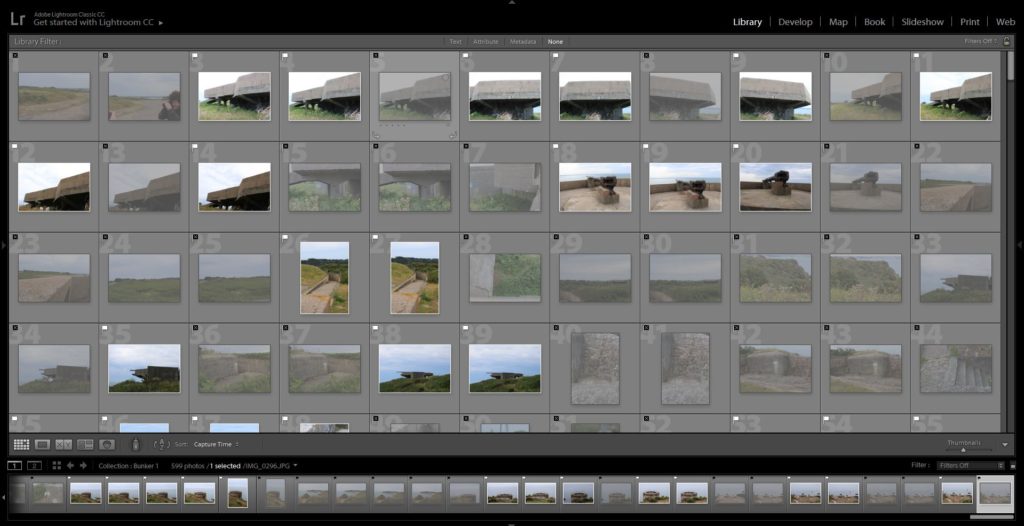

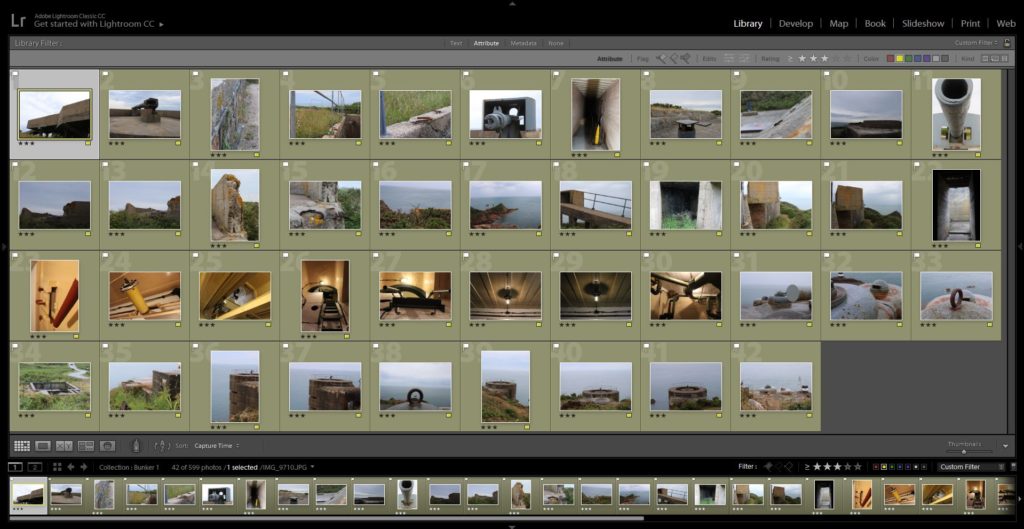
Color Edits:
For my color edits I decided to explore and experiment with the different developing tools within light room. I always made the white balance setting to ‘as shut’, but adjusted the clarity, shadows, blacks, whites etc to enable the best possible outcome for my imagery. I wanted to ensure that the structure of the foregrounds where clear, making them the clear focus point, and the background slightly lighter to allow the image to nicely blend off. I really like the way in which these images have turned out due to the different photographic technique such as framing, as well as the clarity of the structures of the images.

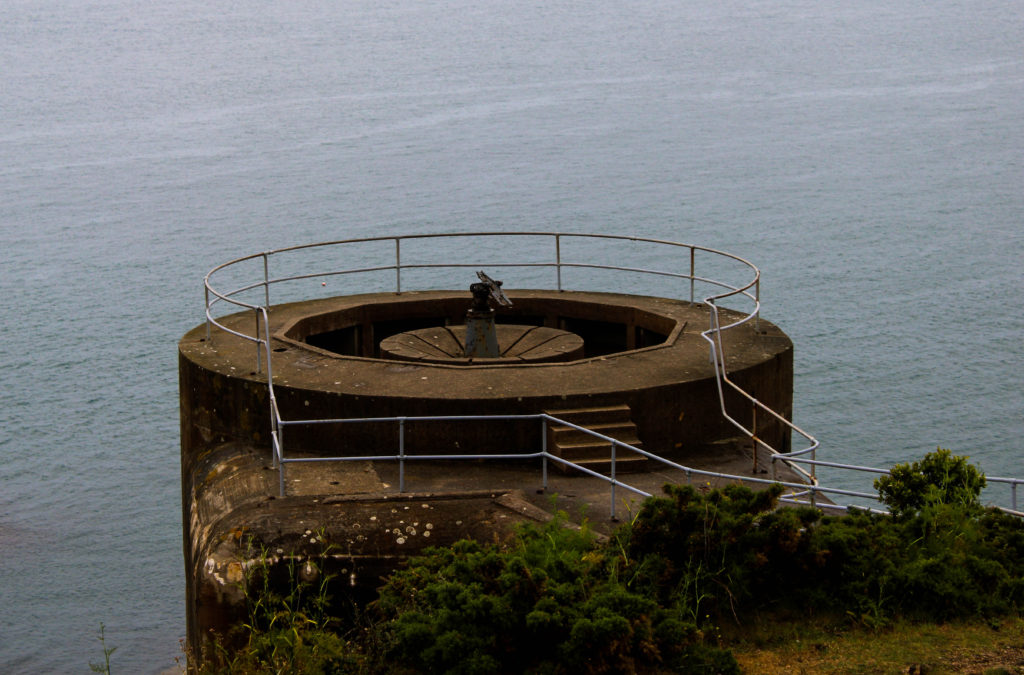
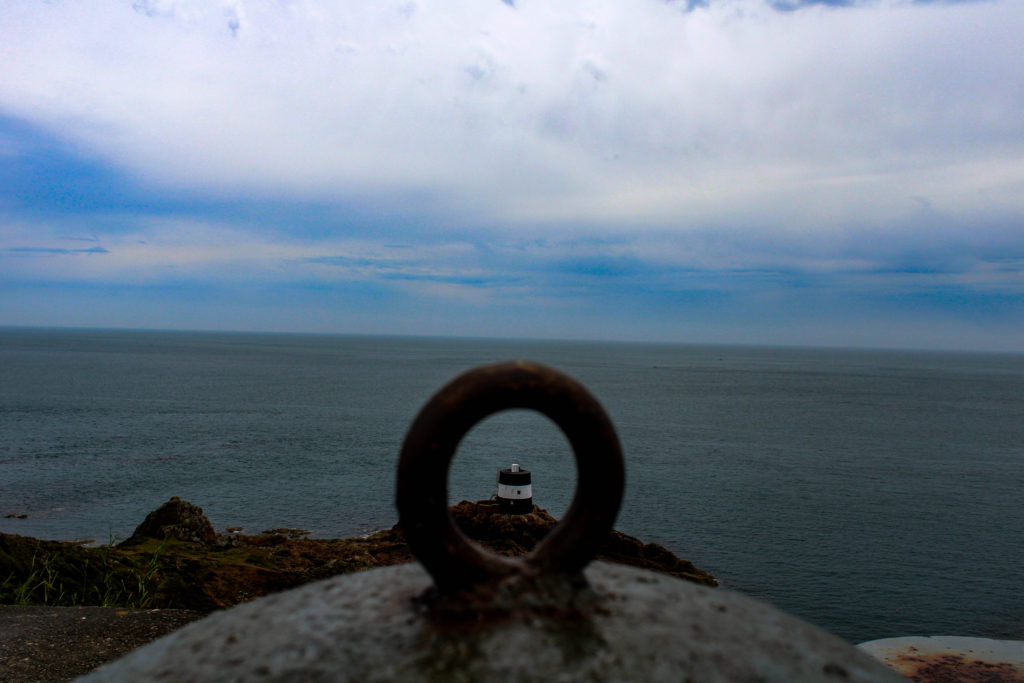
Black and White Edits:
For my black and white experimentation, I started off by turning the image black and white and then did the adjusting of the setting to ensure my time was used effectively. I adjusted the same settings as the color edits, but on occasions I had to move the sliders closer to either end of the setting scales to allow the images to seem more dramatic and interesting for the viewers. I also experimented with cropping my images to explore how cropping can change the moods and values of an image. I made these decisions to have the images black and white as I believe they would help to present a decay of the war, which also helps to add an old fashion feel to the imagery. I am very happy with the way in which these edits have turned, this is due to clear tonal contrasts presented, the cropping used and the overall images itself.
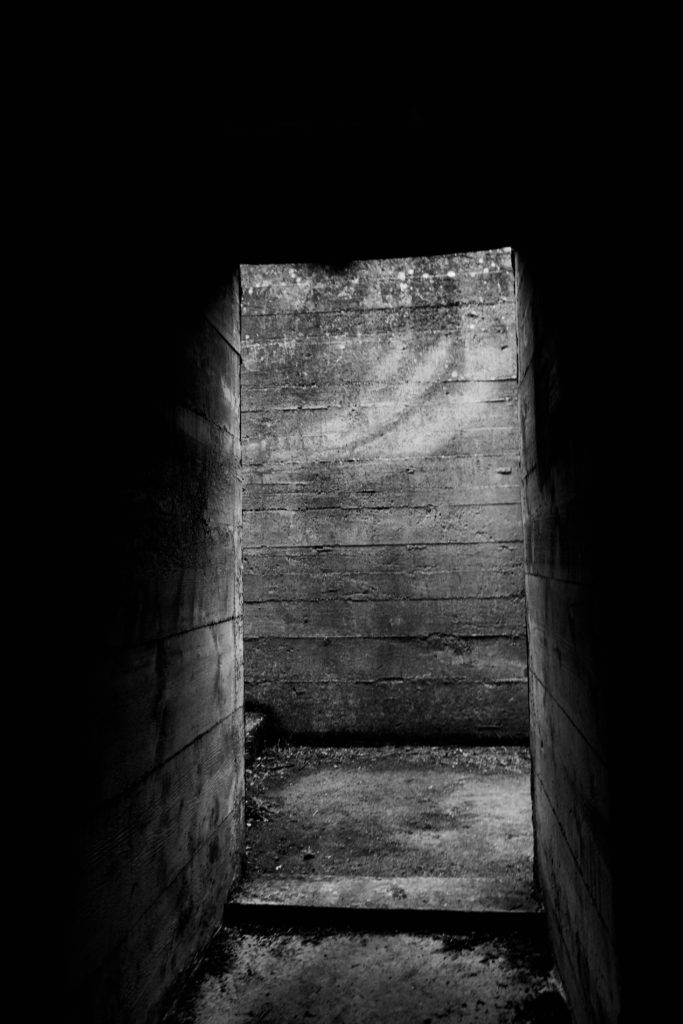
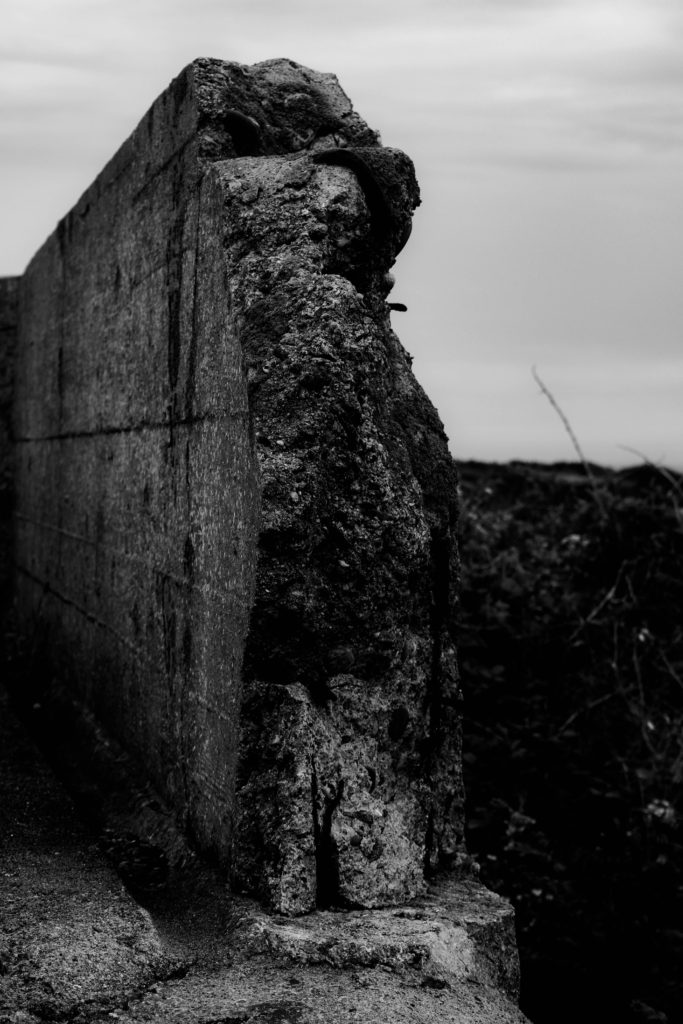

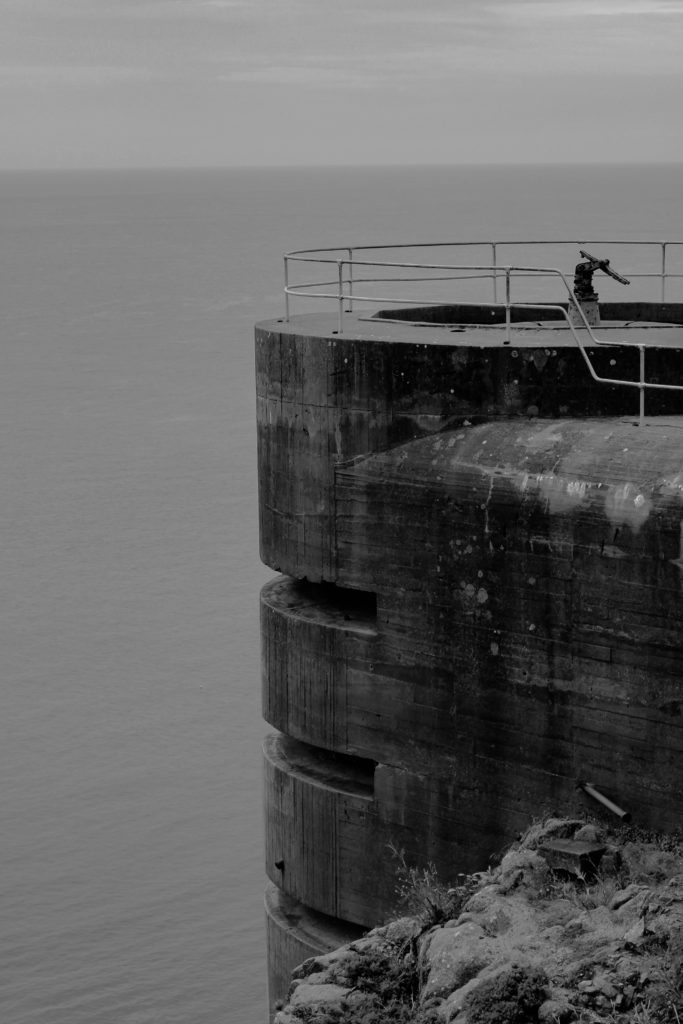
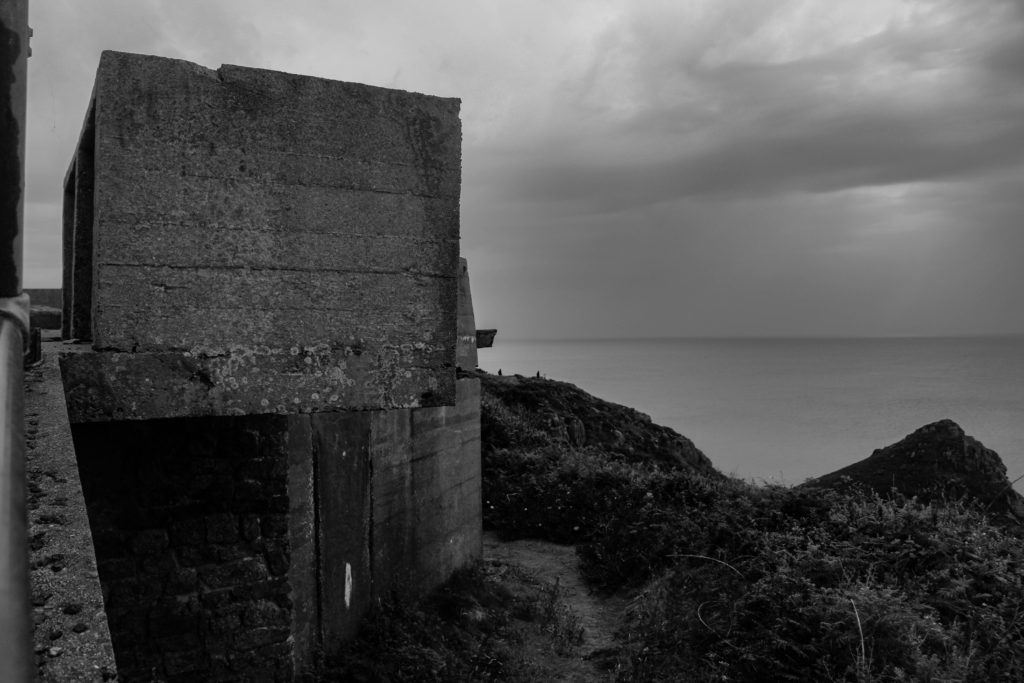

Conclusion:
To conclude I am very happy with the final images produced within this photo shoot. I have successfully managed to use light room to make a selection of images, and been able to use the develop section of the application to manipulate my images to allow the imagery to be more effective and begin to showcase the aftermath of the war. In addition, I have a variety of exploration of black and white images, showing tonal contrast and colored images, exploring how the bunkers have been abounded and how nature has grown around them (Showcasing how Jersey is taking back the island, metaphorical). I have also been able to explore the power of cropping images and how it can change the meaning and mood of an image.

